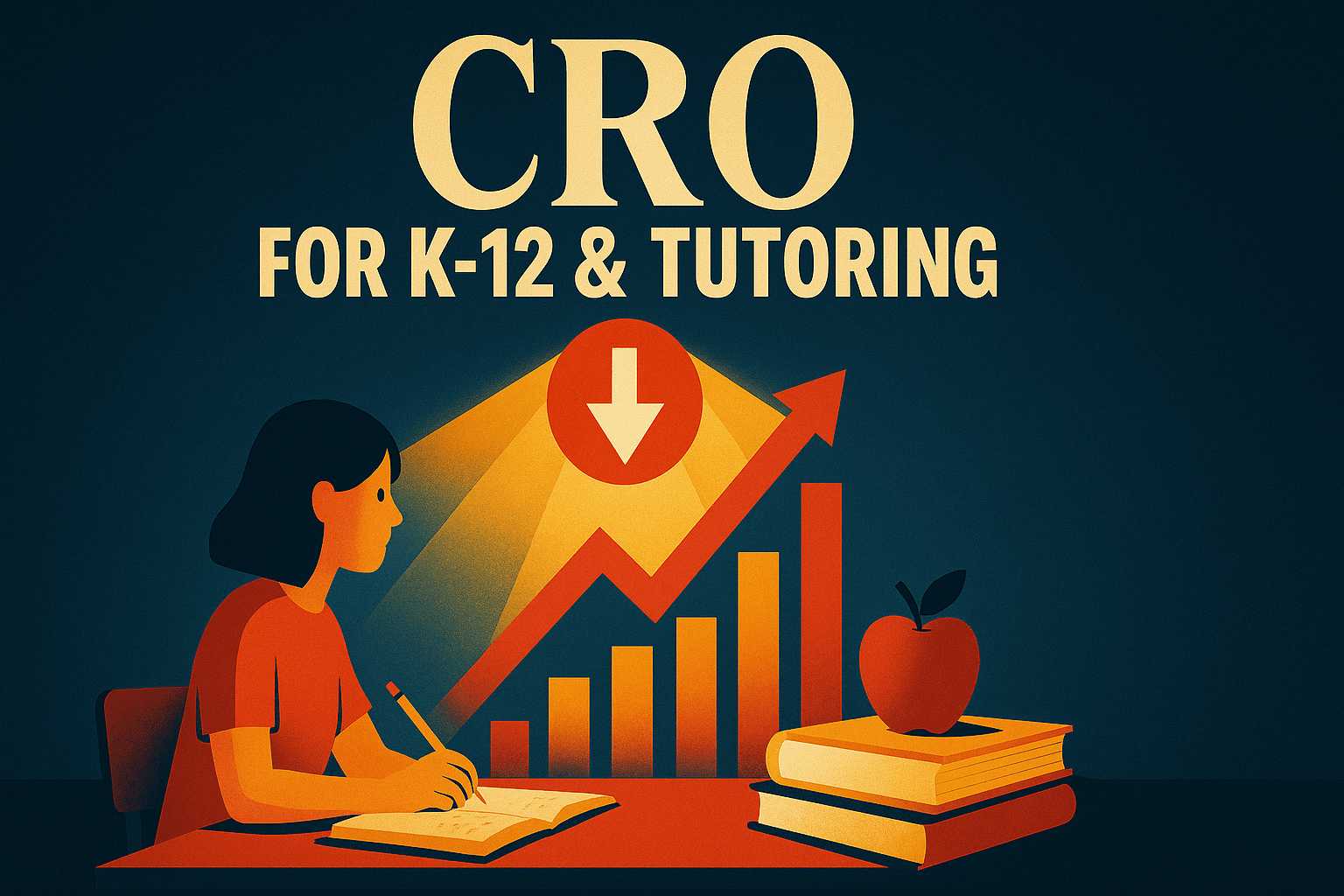Conversion Rate Optimization for Pest Control: Turn More Clicks Into Customers
by Design Delulu Editorial · October 19, 2025
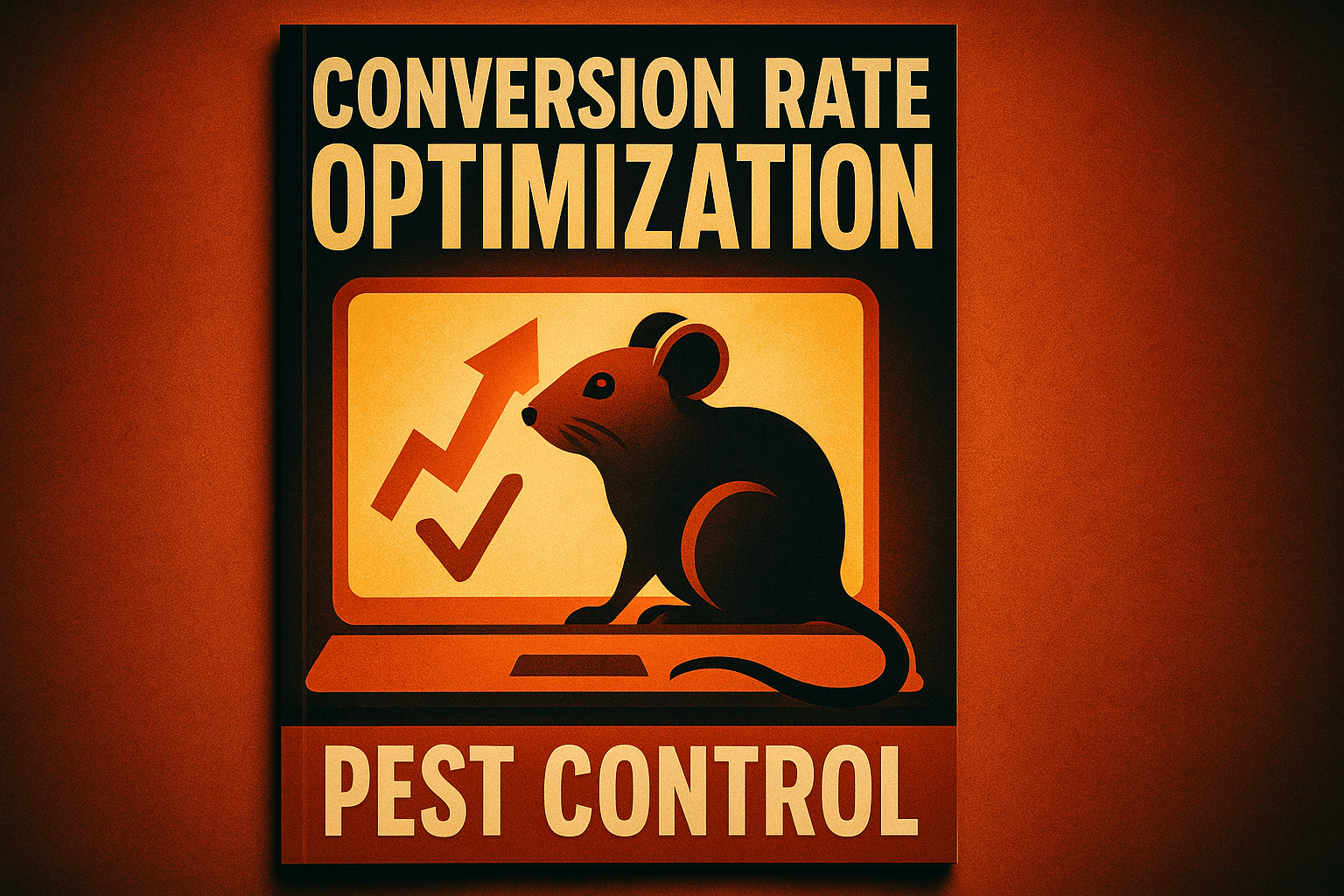
Smart, fast, and measurable. Here's how conversion rate optimization helps Pest Control win.
Every pest control company faces the same frustrating reality: you're driving traffic to your website, but too many visitors leave without booking an inspection or requesting a quote. The difference between a thriving pest control business and one that struggles often comes down to conversion rate optimization. When homeowners discover termites in their walls or ants invading their kitchen at 11 PM, they're ready to act immediately. Your website has seconds to capture that urgency and turn panic into a booked appointment.
Conversion rate optimization for pest control isn't about tricks or gimmicks. It's about understanding customer psychology during high-stress moments, removing friction from your booking process, and presenting the right message at precisely the right time. Whether you specialize in residential extermination, commercial pest management, or termite inspection services, optimizing your conversion funnel can dramatically increase revenue without spending another dollar on advertising. The pest control companies winning market share right now aren't necessarily driving more traffic—they're converting traffic better.

Why Conversion Rate Optimization Matters for Pest Control Businesses
The pest control industry operates in a unique digital landscape. Unlike retail or SaaS businesses where customers browse leisurely, pest control searchers are typically experiencing an active problem. Someone Googling "emergency wasp removal" or "bed bug exterminator near me" has immediate need and high intent. This creates both opportunity and pressure.
Your conversion rate directly determines your cost per acquisition. If you're spending $50 per click on competitive pest control keywords but only converting 2% of visitors, each lead costs you $2,500. Improve that conversion rate to 5%, and your cost per lead drops to $1,000—without changing your ad spend. Over a year, this compounds into tens of thousands of dollars in additional profit or the ability to outbid competitors for premium ad placements.
Consider the typical pest control customer journey. A homeowner discovers evidence of pests, experiences immediate stress, searches Google on their phone, clicks your ad, lands on your site, and makes a snap decision within 30-60 seconds. During this compressed timeline, every element matters:
- Trust signals like licensing information, guarantees, and customer reviews
- Visual clarity that quickly communicates your service areas and specializations
- Friction reduction through simple forms, click-to-call buttons, and transparent pricing
- Urgency amplification that acknowledges their problem while offering immediate solutions
Pest control businesses operating in competitive markets like Florida, Texas, or California face additional challenges. When five local competitors appear in search results offering similar services, conversion optimization becomes your competitive differentiator. The company with the fastest-loading mobile site, clearest value proposition, and easiest booking process captures the customer—even if their pricing is slightly higher.
Seasonal fluctuations in pest control also make CRO critical. During peak mosquito season or termite swarming periods, search volume spikes dramatically. Companies optimized to convert at higher rates capitalize on these surges, while competitors with friction-heavy websites watch potential customers bounce to alternatives. Your conversion rate multiplies or divides the value of every marketing dollar you spend.
Core Components of Pest Control Conversion Rate Optimization
Effective conversion rate optimization for pest control requires a systematic approach across multiple touchpoints. Here's how the best-performing pest control websites engineer higher conversion rates:
Landing Page Optimization
Your landing pages serve as digital storefronts, and in pest control, first impressions form in milliseconds. High-converting pest control landing pages share distinct characteristics:
- Above-the-fold clarity: Visitors immediately understand what you do, where you serve, and what action to take next
- Pest-specific messaging: Separate landing pages for termites, bed bugs, rodents, and mosquitoes speak directly to searcher intent
- Social proof placement: Customer testimonials, star ratings, and before/after photos positioned near call-to-action buttons
- Mobile-first design: Over 70% of emergency pest control searches happen on mobile devices—your site must perform flawlessly on small screens
- Speed optimization: Every second of load time reduces conversions by approximately 7% in high-intent industries
Consider A/B testing headline variations that emphasize different value propositions. One pest control company increased conversions 34% by changing their headline from "Professional Pest Control Services" to "Same-Day Service. Licensed Technicians. 100% Satisfaction Guaranteed." The second version addressed three primary objections simultaneously.
Form Optimization and Lead Capture
Form friction kills pest control conversions. The traditional approach of asking for name, email, phone, address, pest type, preferred date, and additional comments creates too many decision points. Streamlined forms increase completion rates dramatically:
- Progressive profiling: Collect only essential information upfront (phone number and zip code), then gather details during the confirmation call
- Smart defaults: Pre-select the most common service request based on the landing page
- Visual form builders: Icon-based pest selection (click the termite icon, bed bug icon, etc.) converts better than dropdown menus
- Multi-CTA strategy: Offer both "Request Free Inspection" forms and "Call Now" buttons—different customer segments prefer different engagement methods
One Florida pest control operator tested a two-field form (phone and service type) against their standard seven-field form. The simplified version generated 67% more leads, and the qualification rate remained virtually identical because their intake specialists gathered additional details during scheduling calls.
Trust and Credibility Elements
Pest control involves strangers entering homes and applying chemicals, creating natural trust barriers. Strategic placement of credibility indicators significantly impacts conversion rates:
- Licensing and certification badges: Display state licenses, EPA registration, and industry association memberships prominently
- Guarantee statements: Money-back guarantees, free re-treatments, and satisfaction promises reduce purchase anxiety
- Live customer count: Dynamic indicators showing recent service appointments ("23 homes serviced in your area this week") create social proof
- Technician profiles: Photos and brief bios of actual service technicians humanize your company
- Response time promises: Specific commitments ("We'll call you back within 2 hours") outperform vague assurances
Pricing Transparency and Value Communication
Pricing remains one of the most contentious elements in pest control conversion optimization. While exact pricing varies by infestation severity, providing pricing frameworks increases conversion rates by reducing uncertainty:
- Price ranges: "Most residential treatments: $150-$400" gives prospects context
- Service tiers: Good/Better/Best packages with clear feature differentiation
- Cost comparison calculators: Interactive tools showing DIY costs versus professional treatment
- Financing options: Monthly payment plans for expensive treatments like termite baiting systems
Companies that provide pricing context convert 40-50% better than those hiding all pricing behind "call for quote" barriers. The key is positioning price in relation to value—emphasizing warranty coverage, treatment effectiveness, and long-term prevention.
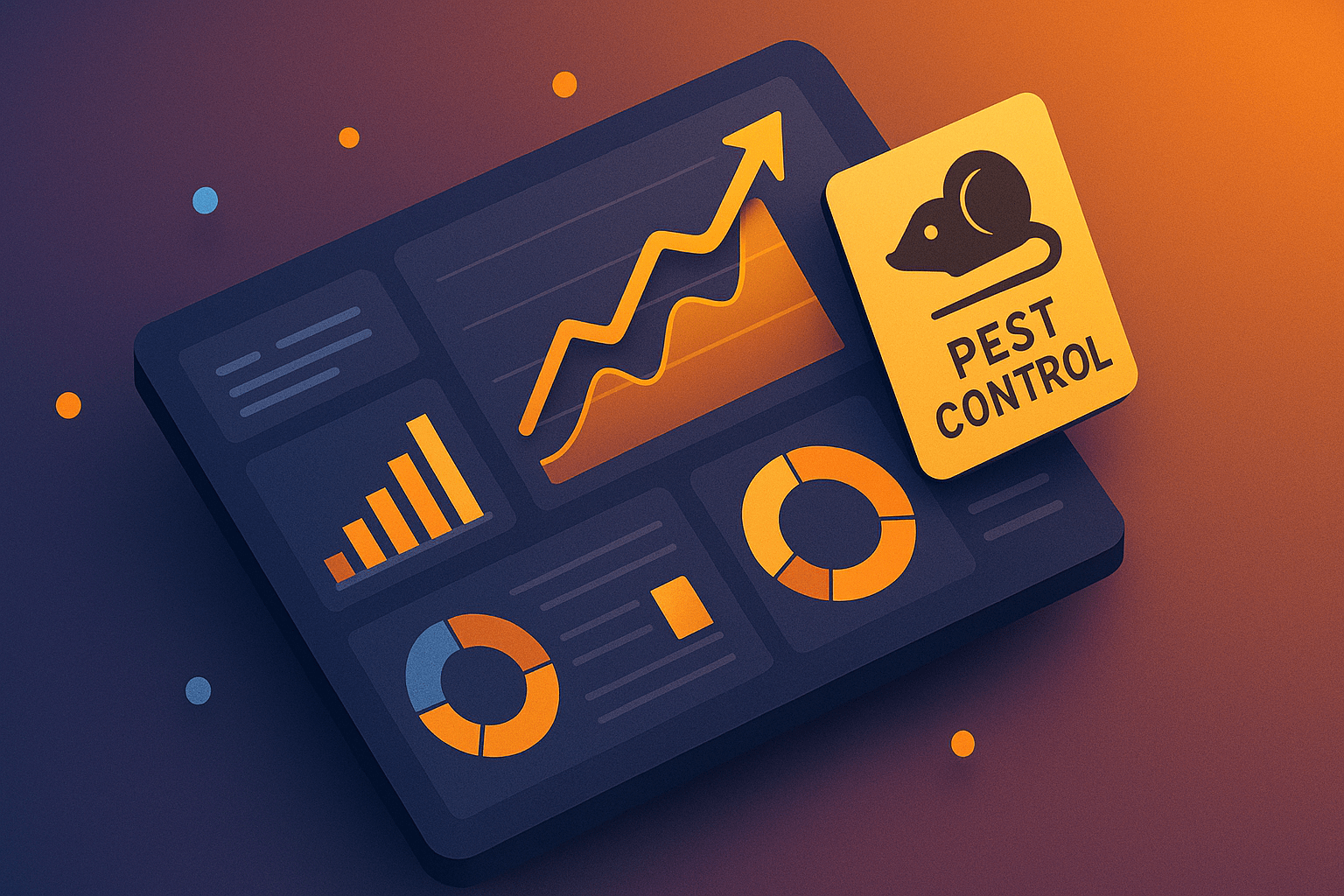
Testing and Optimization Methodology
Sustainable conversion rate improvement requires disciplined testing methodology. Random changes generate random results. Systematic optimization follows this framework:
Hypothesis-Driven Experimentation
Every test should answer a specific question based on data or user behavior insights. Effective pest control CRO hypotheses follow this structure: "If we [make this specific change], then [this metric] will improve because [this reason based on user psychology or data]."
Example hypothesis: "If we add customer video testimonials to our termite landing page, inspection requests will increase by 15% because video builds trust more effectively than text reviews among high-consideration buyers."
Prioritization Framework
Not all optimization opportunities deliver equal impact. Use the ICE scoring method to prioritize tests:
- Impact: How significantly will this change affect conversions? (1-10 scale)
- Confidence: How certain are you this will produce positive results? (1-10 scale)
- Ease: How simple is implementation? (1-10 scale)
Calculate ICE score by averaging these three factors. Tests scoring 7+ should jump to the front of your optimization backlog. For pest control specifically, high-impact areas typically include mobile experience optimization, call tracking implementation, and emergency service messaging.
A/B Testing Best Practices
Valid A/B tests in pest control require careful execution:
- Statistical significance: Run tests until reaching 95% confidence with at least 100 conversions per variation
- Segment analysis: Analyze results by traffic source, device type, and pest category—a winning variation for bed bug searches might fail for termite searches
- Seasonal awareness: Account for pest control seasonality when interpreting results
- Secondary metrics: Monitor bounce rate, time on site, and phone calls alongside primary conversion metrics
Common testing priorities for pest control:
- Headline variations emphasizing different value propositions (speed, price, guarantee)
- CTA button copy ("Get Free Quote" vs. "Schedule Inspection" vs. "Fix My Pest Problem")
- Form length and field requirements
- Social proof placement and format (star ratings vs. testimonial quotes vs. case studies)
- Urgency messaging ("Same-day service available" vs. "Limited appointments remaining")
- Pricing disclosure level (full transparency vs. ranges vs. no mention)
Heatmap and Session Recording Analysis
Quantitative A/B tests reveal what works; qualitative analysis reveals why. Tools like Hotjar, Microsoft Clarity, or Lucky Orange provide invaluable insights:
- Click heatmaps: Identify where visitors click versus where you want them to click
- Scroll depth maps: Discover how far users scroll before abandoning—critical content must appear above common exit points
- Session recordings: Watch real users navigate your site, revealing friction points you never anticipated
- Form analytics: Pinpoint which form fields cause abandonment
One pest control company discovered through session recordings that mobile visitors repeatedly tried to tap their phone number in the header (which wasn't clickable). Making the number tappable increased mobile conversions 28% overnight—a fix that took 15 minutes to implement.
Mobile Optimization for Pest Control Conversions
Mobile optimization deserves special attention in pest control. Emergency pest situations drive immediate mobile searches, and mobile conversion rates lag desktop by 30-40% in most industries. Closing this gap unlocks significant revenue:
Mobile-Specific Optimization Tactics
- Thumb-friendly design: Place primary CTAs in the lower third of the screen where thumbs naturally rest
- Click-to-call prominence: Large, high-contrast phone buttons at the top and bottom of every page
- Reduced cognitive load: Simplify navigation, minimize text blocks, use more visuals than desktop versions
- Faster load times: Compress images, minimize code, eliminate unnecessary scripts—target under 2-second load times
- Autofill optimization: Enable browser autofill for all form fields to reduce typing
- Location-based features: Detect user location to pre-populate service area fields
Voice Search Optimization
Voice-activated searches for pest control ("Hey Siri, find an exterminator near me") continue growing. Optimize for voice by:
- Including natural language questions in your FAQ content
- Claiming and optimizing Google Business Profile for local voice results
- Ensuring your NAP (name, address, phone) information is consistent across the web
- Structuring content to answer common "how," "what," and "where" questions about pest control

Conversion Tracking and Analytics Setup
You can't optimize what you don't measure. Comprehensive conversion tracking reveals exactly where optimization efforts should focus:
Essential Tracking Implementation
- Call tracking: Dynamic number insertion tracks which campaigns and pages drive phone calls
- Form submission tracking: Tag and monitor every lead form completion
- Live chat tracking: If using chat widgets, track initiations and qualified conversations
- Multi-touch attribution: Understand the full customer journey from first click to booked appointment
- Conversion value assignment: Assign dollar values to different conversion types based on close rates and average job values
Key Performance Indicators for Pest Control CRO
Monitor these metrics to gauge optimization success:
- Primary KPIs: Conversion rate, cost per lead, lead-to-customer rate, customer acquisition cost
- Supporting KPIs: Bounce rate, average session duration, pages per session, mobile vs. desktop conversion gap
- Funnel metrics: Landing page conversion rate, form abandonment rate, call connection rate, quote-to-booking rate
- Quality metrics: Lead qualification rate, appointment show rate, average job value from different traffic sources
Benchmark your performance: Average pest control website conversion rates range from 2-5% for form submissions and 1-3% for phone calls. Combined (total lead conversion), top performers achieve 6-10% while average sites convert at 3-5%. If you're below 3% total conversion, significant optimization opportunities exist.
Seasonal CRO Strategies for Pest Control
Pest control demand fluctuates dramatically by season and geography. Your conversion optimization strategy should adapt accordingly:
Spring and Summer (High Season)
- Emphasize fast response times and capacity messaging
- Highlight preventive treatment packages
- Test higher price points—demand justifies premium pricing
- Add seasonal pest content (mosquitoes, ticks, wasps)
- Implement waitlist capture for sold-out appointment slots
Fall and Winter (Shoulder/Low Season)
- Promote indoor pest services (rodents, spiders, cockroaches)
- Offer first-time customer discounts to stimulate demand
- Focus on annual plan sign-ups with deferred start dates
- Create urgency around pre-spring prevention treatments
- Test content focused on winter pest problems (mice seeking warmth)
Advanced CRO Tactics for Competitive Markets
In saturated pest control markets, advanced tactics separate market leaders from followers:
Personalization and Dynamic Content
- Geographic personalization: Display city-specific content, reviews, and service technicians based on visitor location
- Referral source customization: Show different messaging to Google Ads visitors versus organic search visitors versus social media traffic
- Returning visitor recognition: Present special offers to repeat visitors who didn't convert on first visit
- Weather-triggered messaging: Adjust homepage messaging based on local weather (rain triggers mosquito messaging, heat waves trigger ant/cockroach messaging)
Exit-Intent and Abandonment Recovery
- Exit-intent popups: When users show abandonment signals, trigger overlays with special offers or callback requests
- Chat proactive triggers: Launch chat invitations when visitors exhibit specific behaviors (spending 30+ seconds on pricing page)
- Retargeting sequences: Cookie visitors who don't convert and show them customized ads emphasizing guarantees or reviews
Video Content for Conversion Lift
Video dramatically increases pest control conversions when implemented strategically:
- Explainer videos: 60-90 second overviews of your process, shown on homepage
- Treatment demonstrations: Show technicians performing treatments to demystify the service
- Customer testimonials: Video reviews convert 2-3x better than text reviews
- Meet-the-team videos: Introduce owners and technicians to build familiarity
Videos should be short (under 2 minutes), mobile-optimized, and include captions since most users watch without sound.
Common Conversion Killers in Pest Control Websites
Avoid these conversion rate destroyers:
- Generic stock photos: Pest control customers want to see real technicians, real trucks, and real results—not stock imagery
- Hidden contact information: Make phone numbers and contact forms visible on every page
- Complicated navigation: Users should reach a conversion point within 2 clicks from any page
- Neglected Google Business Profile: Incomplete or outdated GBP listings divert customers to competitors
- No emergency messaging: Many pest situations feel urgent—acknowledge this and offer same-day or emergency services
- Slow page speed: Pages loading in 5+ seconds lose 50%+ of potential conversions
- Desktop-only optimization: Ignoring mobile users means ignoring 60-70% of your traffic
- Fear-mongering: Excessive pest horror imagery creates anxiety without providing solutions—balance problem awareness with solution confidence
Integrating CRO with Your Marketing Stack
Conversion optimization doesn't exist in isolation. Integration with other marketing functions multiplies impact:
CRO and PPC Synergy
- Create dedicated landing pages for high-value PPC keywords
- Use conversion rate data to inform bid adjustments
- Test ad copy variations that match landing page messaging
- Implement conversion tracking in Google Ads to optimize for actual customers, not just clicks
CRO and SEO Alignment
- Optimize landing pages for both conversions and search rankings
- Use conversion data to identify high-value keywords worthy of content investment
- Structure content to satisfy both user intent and search engine requirements
- Ensure fast page speed—a ranking factor that also improves conversions
CRO and Email Marketing
- Apply conversion optimization principles to email campaigns
- Test subject lines, CTA placement, and offer structures
- Create landing pages specifically for email traffic to maintain message match
- Use email to re-engage leads who didn't convert initially
Building a Conversion-Focused Company Culture
Sustainable conversion rate improvement requires organizational commitment beyond the marketing department:
- Sales team involvement: Your phone and in-person sales team provides insights into common objections and questions—feed this intelligence into website optimization
- Service technician feedback: Field technicians hear customer concerns and preferences daily—capture these insights systematically
- Regular optimization reviews: Schedule monthly meetings to review performance, discuss test results, and prioritize next experiments
- Customer feedback loops: Survey customers about their digital experience and incorporate feedback into optimization roadmap
- Continuous learning: Pest control CRO best practices evolve—invest in training, attend webinars, and study competitor sites
Measuring Long-Term CRO Success
Judge your conversion optimization program by these long-term indicators:
- Customer acquisition cost trend: CAC should decrease as conversion rates improve
- Marketing efficiency ratio: Revenue per marketing dollar should increase
- Competitive positioning: Your share of local search conversions relative to competitors
- Customer lifetime value growth: Better conversion optimization often attracts higher-quality customers
- Revenue impact: The ultimate metric—total revenue generated from digital channels should trend upward even with flat traffic
Set realistic expectations: Mature pest control companies typically improve conversion rates 30-100% over 12 months of systematic optimization. Younger companies with less-optimized sites might see 100-300% improvements. Each 10% conversion rate increase typically translates to 10-15% revenue increase from existing traffic levels.
Frequently Asked Questions
Let’s level up your Pest Control business
Need services that actually move the needle for Pest Control? See our approach, pricing, and timelines—then book a quick call.
Additional Resources
- Schedule Your CRO Strategy Session
Book a complimentary 30-minute consultation to discuss your pest control website's conversion challenges. We'll review your current performance, identify quick wins, and outline a customized optimization roadmap for your business.
- View Our Pest Control CRO Portfolio
Explore real conversion rate optimization case studies from pest control companies we've helped. See before/after metrics, testing strategies, and revenue impact from actual client engagements across residential and commercial pest management.
- Free Pest Control CRO Tools
Access free conversion rate calculators, landing page audit checklists, A/B testing templates, and mobile optimization guides specifically designed for pest control companies looking to improve their digital performance.
Related Reading
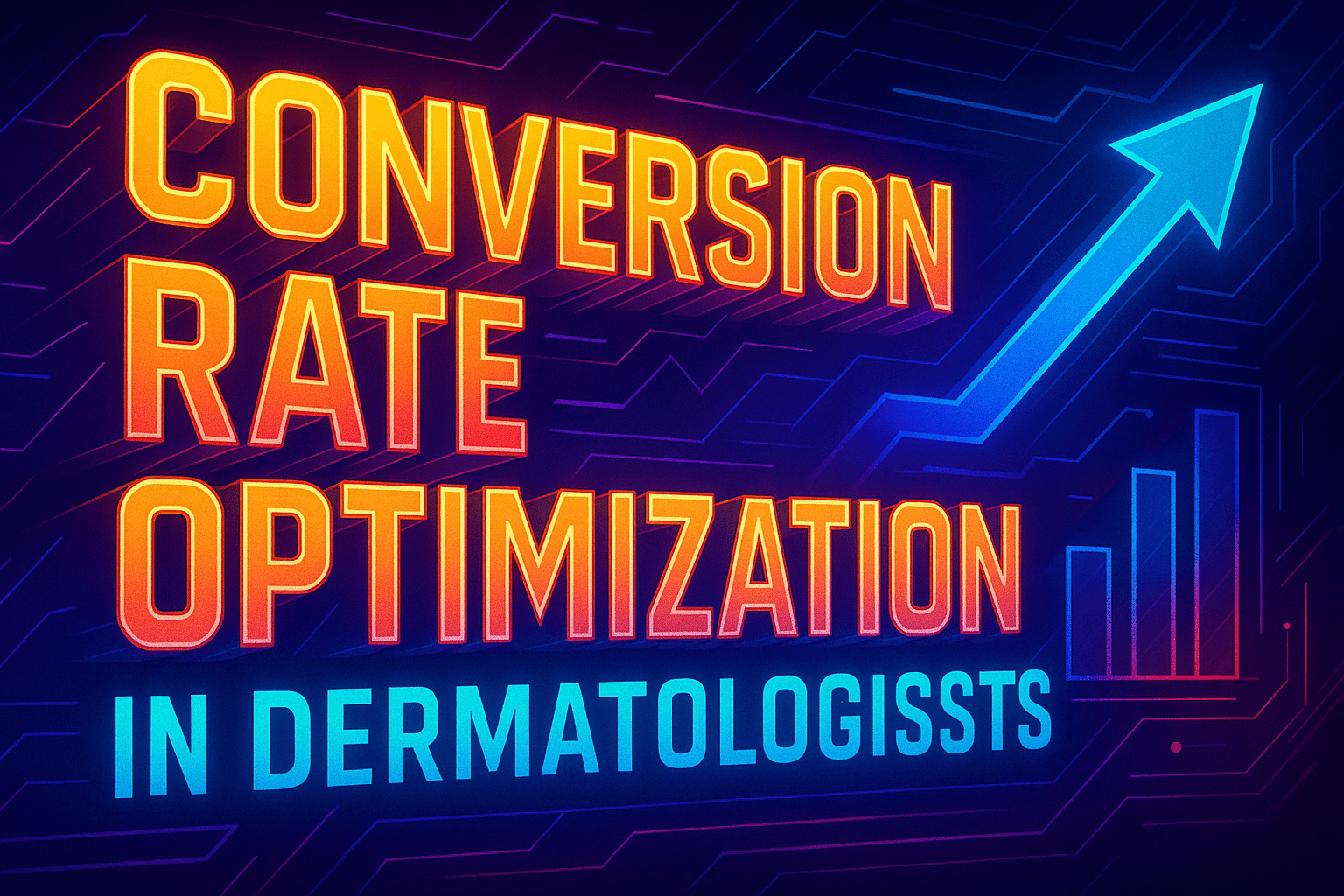
Proven conversion rate optimization strategies for dermatology practices. Increase patient bookings with A/B testing, landing page optimization, and data-driven improvements.
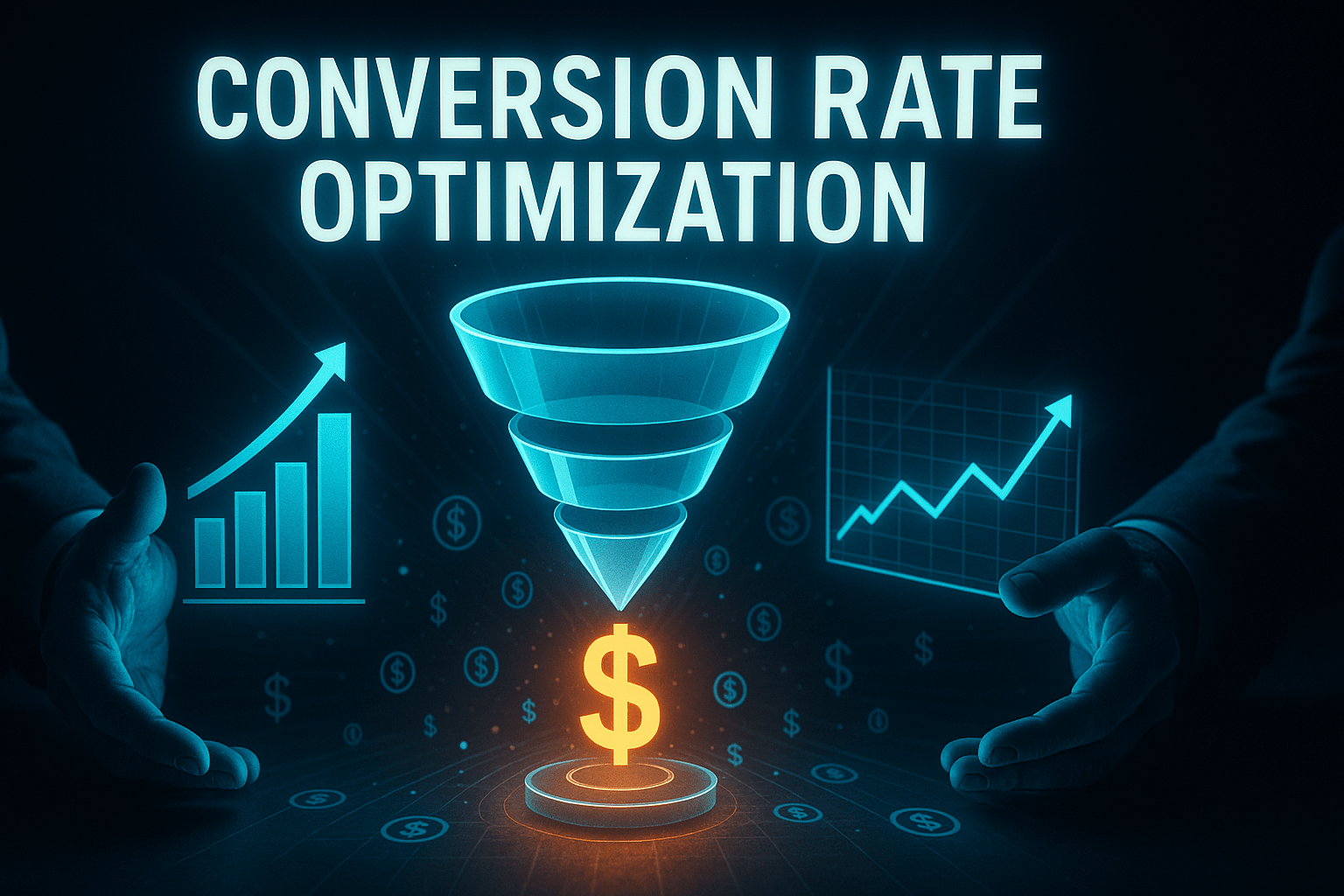
Transform your financial advisory practice with data-driven conversion rate optimization. Increase qualified leads by 40-150% through strategic testing and optimization.
